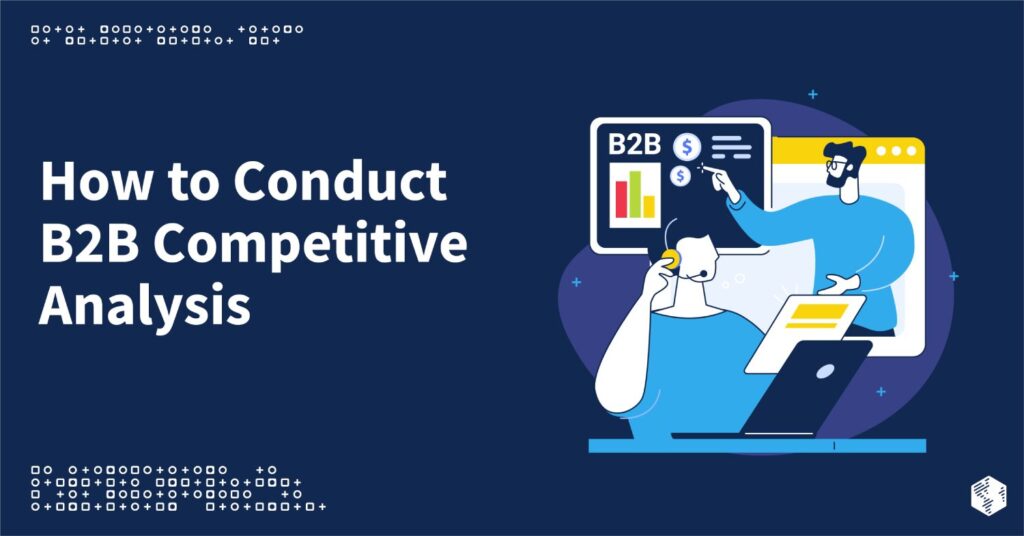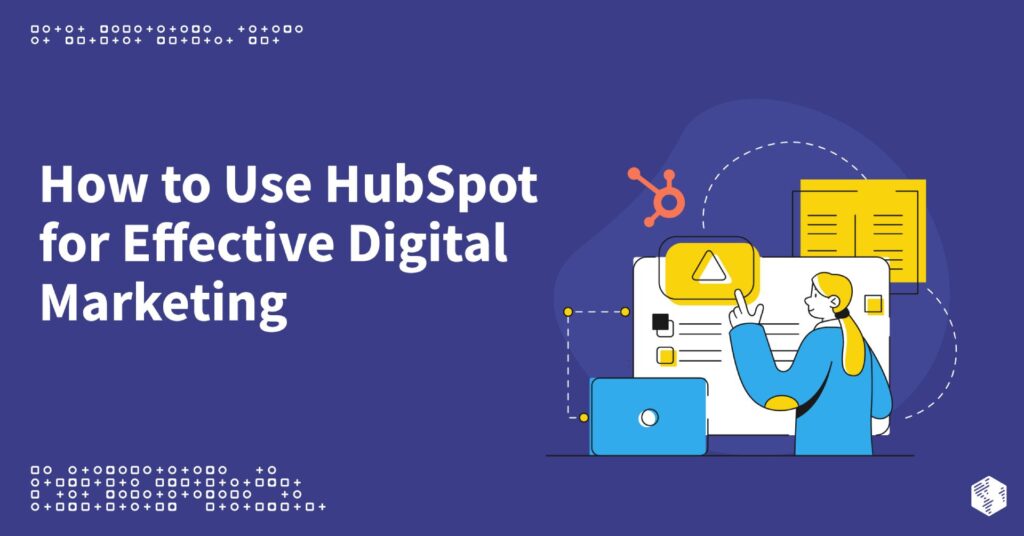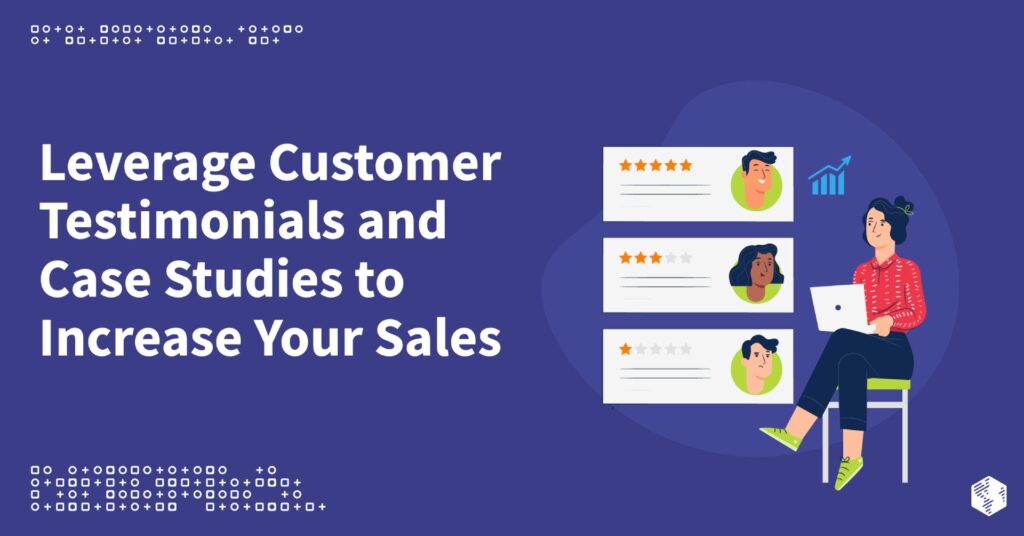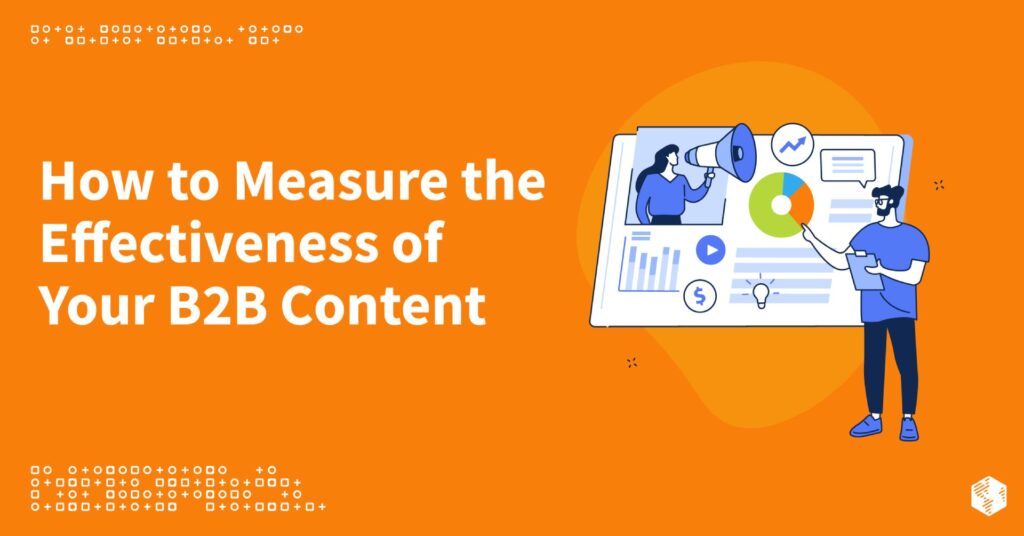The ecommerce world is constantly changing. How well you adapt your marketing strategies in this evolving landscape is essential to maintaining a successful business.
Google Ads is one of the many tools available for business owners and marketers to use as they tailor ad campaigns to target their desired customers. Knowing and understanding how Google Ads works will go a long way toward ensuring your strategies pay off in the end.
How does work Google Ads for Ecommerce?
Every time a person searches for something on Google, the search engine tracks the keywords used. That data then can be analyzed to target advertising based on specific keywords to the potential customers who are searching the web with those words.
When the person sees their search results, it will include ads – possibly yours – on which they can click. While you are charged for each click, the traffic delivered to your website should result in a return on the investment
There are three types of keywords that Google Ads uses to deliver ads.
- Exact match. These ads will only get to customers who search using the exact keywords you specify. While more cost-effective, the reach can be more limited as the ad will not be delivered if there is a variation in the search. For example, if your keyword is “dog toys,” the ad will appear only to people who search for those two words.
- Broad match. This setting will get your ad to more potential customers, as it will target anyone who searches a variety of words related to your keyword. So, sticking with the “dog toys” keyword, searches for other types of pet products or those that use plurals could result in the placement of your ad.
- Phrase match. Using this method will also consider words before or after your designated keywords in a person’s search. For instance, a customer searching for “dog toys to throw” will see your ad, but a search for “dog treats” will not deliver the ad.
Google Ads is designed to provide you with information about which keywords will provide your campaign with the greatest potential return.
A savvy ecommerce manager understands the basic principles of Google Ads, but getting the most out of the service requires more than just basic knowledge.
The campaign Google Ads is running, now what?
Once you have started your Google Ads account, Google has several other tools that can and should be used in conjunction with this service to deliver the best results.
Four of the most popular tools are conversion tracking, Google Analytics, Google Trends, and bid simulator.
- Conversion tracking. This service requires you to embed code in your website that will place a cookie on the customer’s computer or mobile device. With a similar code on the landing page, such as the completed purchase page, Google Ads will see that not only did the customer click through the ad to your site, but they also made a purchase and note it as a successful conversion.
- Analytics. This tool is a more in-depth version of the basic Google Ads information. It tracks how customer’s got to your website and what they looked at while they were there. This can help you further understand what your customers are looking for and how to better target them.
- Trends. This service allows you to break down information based on specific regions or time frames. It can be essential for small, local companies that are targeting people within a certain state or city. This information can also help with planning strategies for holiday shopping or other seasonal adjustments.
- Bid simulator. This tool can help you determine where your ad will show up within a list of search results. The more you are willing to pay for ads associated with certain keywords, the closer it will be to the top of the search list. If used with the first page bid estimate, it can help to plan costs for keeping your ad on the first page of search results, which often leads to more clicks.
Perhaps the most crucial segment of ecommerce in which businesses need to invest is mobile marketing. More and more online customers use smartphones and tablets for much of their online activity. Since many people have these devices with them all the time, it opens the door to attracting far more customers than traditional desktop marketing.
Once those plans are in place, make sure your ecommerce site generates the most possible traffic through multiple campaigns. Consider running test ads within your major target groups, then copy the successful ones over to other groups to see if the success translates there as well.
When you are ready to take your ecommerce site to the next level, contact an expert at OneIMS. We can provide all the information you need to maximize your results with your next online marketing or SEO campaign.































